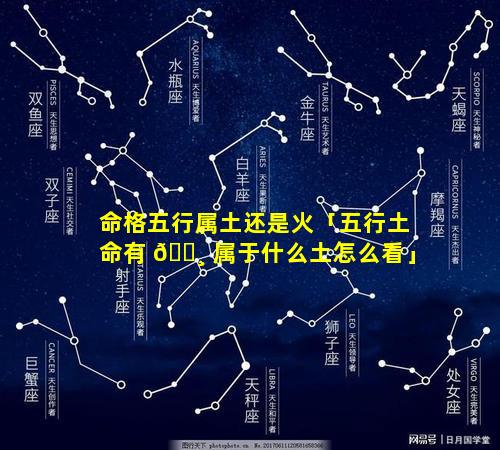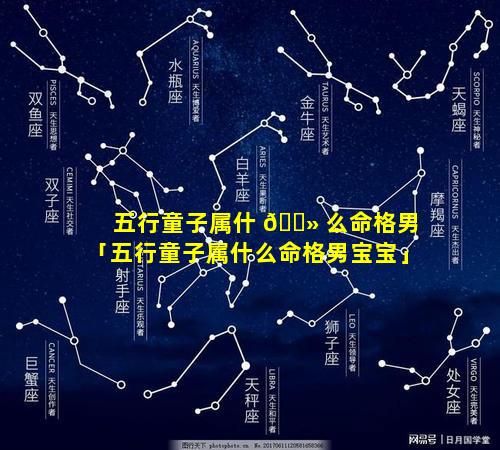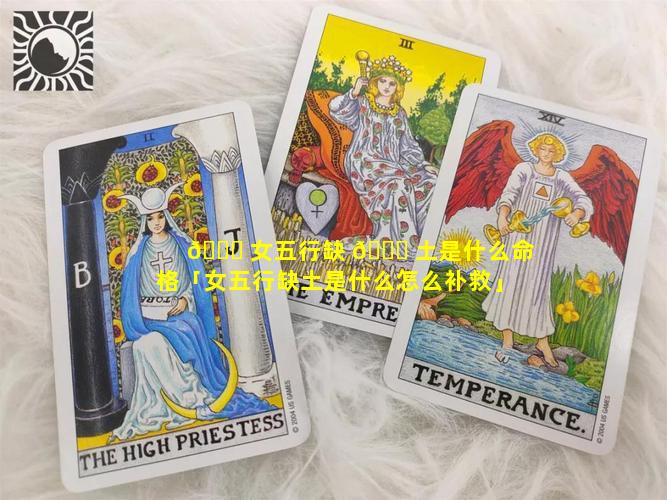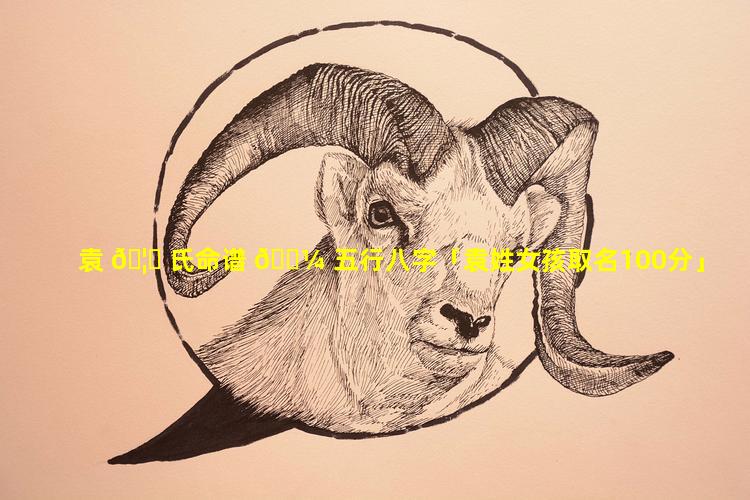文字的五行属性是如何确定的呢
- 作者: 李先楚
- 发布时间:2024-08-15
一、文字的五行属性是如何确定的呢
文字的五行属性通常根据以下规则确定:
1. 字形结构:
横向笔画较多:木
竖向笔画较多:火
左倾笔画较多:水
右倾笔画较多:金
封闭笔画较多:土
2. 字义:
与植物相关的字:木
与火相关的字:火
与水相关的字:水
与金属相关的字:金
与大地相关的字:土
3. 字音:
发音尖锐、高亢:金
发音圆润、低沉:水
发音清脆、响亮:火
发音浑厚、低沉:土
发音柔和、舒缓:木
4. 字根:
带有“木”字旁:木
带有“火”字旁:火
带有“水”字旁:水
带有“金”字旁:金
带有“土”字旁:土
5. 字形演变:
从象形文字演变而来:木、火、水、金、土
从会意文字演变而来:根据字义推断五行属性
示例:木:林、森、树
火:炎、热、光
水:江、河、海
金:铁、铜、银
土:山、地、田
注意:有些文字可能同时具有多种五行属性,称为“杂气”。
文字的五行属性并非绝对,不同的人可能会有不同的解读。
二、文字的五行属性是如何确定的呢视频
文字五行属性的确定方法
1. 根据汉字的偏旁部首
木:木、林、森、枝、叶、花、果
火:火、炎、日、光、明、灯、热
土:土、地、山、石、城、壁、洞
金:金、铁、铜、银、钢、刀、剑
水:水、江、河、海、湖、泉、雨
2. 根据汉字的读音
木:读音中带有“木”音,如“木”、“林”、“森”
火:读音中带有“火”音,如“火”、“炎”、“日”
土:读音中带有“土”音,如“土”、“地”、“山”
金:读音中带有“金”音,如“金”、“铁”、“铜”
水:读音中带有“水”音,如“水”、“江”、“河”
3. 根据汉字的含义
木:与植物、生长、生命力相关
火:与热量、光明、能量相关
土:与大地、稳定、包容相关
金:与金属、坚硬、锋利相关
水:与流动、滋润、生命之源相关
4. 根据汉字的五行相生相克关系
木生火,火生土,土生金,金生水,水生木
木克土,土克水,水克火,火克金,金克木
示例:“木”字:偏旁部首为“木”,读音为“mù”,含义与植物相关,五行属性为木。
“火”字:偏旁部首为“火”,读音为“huǒ”,含义与热量相关,五行属性为火。
“土”字:偏旁部首为“土”,读音为“tǔ”,含义与大地相关,五行属性为土。
“金”字:偏旁部首为“金”,读音为“jīn”,含义与金属相关,五行属性为金。
“水”字:偏旁部首为“水”,读音为“shuǐ”,含义与流动相关,五行属性为水。

三、文字的五行属性是如何确定的呢英语
The Five Elements of Chinese Characters
The Five Elements (五行 wǔxíng) theory is an ancient Chinese philosophy that describes a system of five interconnected elements: wood, fire, earth, metal, and water. These elements are believed to interact with each other in a cyclical way, with each element having a corresponding season, direction, color, and other associations.
The Five Elements theory has been applied to many aspects of Chinese culture, including medicine, feng shui, and the Chinese zodiac. It is also used to determine the五行 wǔxíng, or "Five Elements," of Chinese characters.
The Five Elements of Chinese characters are determined by the following factors:
The radical of the character. The radical is the lefthand component of a Chinese character, and it often indicates the meaning of the character. For example, the radical for "wood" is 木 mù, and the radical for "fire" is 火 huǒ.
The shape of the character. The shape of a Chinese character can also indicate its Five Elements. For example, characters that are tall and narrow are often associated with wood, while characters that are wide and short are often associated with earth.
The sound of the character. The sound of a Chinese character can also indicate its Five Elements. For example, characters that are pronounced with a high tone are often associated with fire, while characters that are pronounced with a low tone are often associated with water.
Once the Five Elements of a Chinese character have been determined, they can be used to interpret the meaning of the character. For example, a character that has a strong wood element may be associated with growth, vitality, and creativity. A character that has a strong fire element may be associated with passion, energy, and enthusiasm.
The Five Elements theory is a complex and nuanced system, and there are many different ways to interpret the Five Elements of Chinese characters. However, by understanding the basic principles of the theory, you can gain a deeper understanding of the meaning and symbolism of Chinese characters.
四、文字的五行属性是如何确定的呢图片
![文字五行属性]()
文字五行属性的确定方法:
1. 根据字形:
横画多为木
竖画多为火
点画多为土
撇画多为金
捺画多为水
2. 根据字义:
与植物相关的字为木
与火相关的字为火
与大地相关的字为土
与金属相关的字为金
与水相关的字为水
3. 根据字音:
发音为“a”或“e”的字为木
发音为“o”或“u”的字为火
发音为“i”或“ü”的字为土
发音为“b”或“p”的字为金
发音为“d”或“t”的字为水
注意:有些字可能同时具有多个五行属性。
对于一些特殊字,其五行属性可能需要根据具体情况判断。




